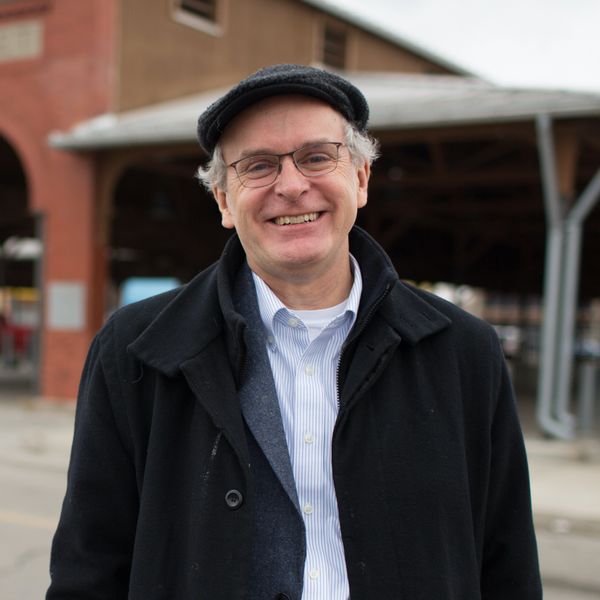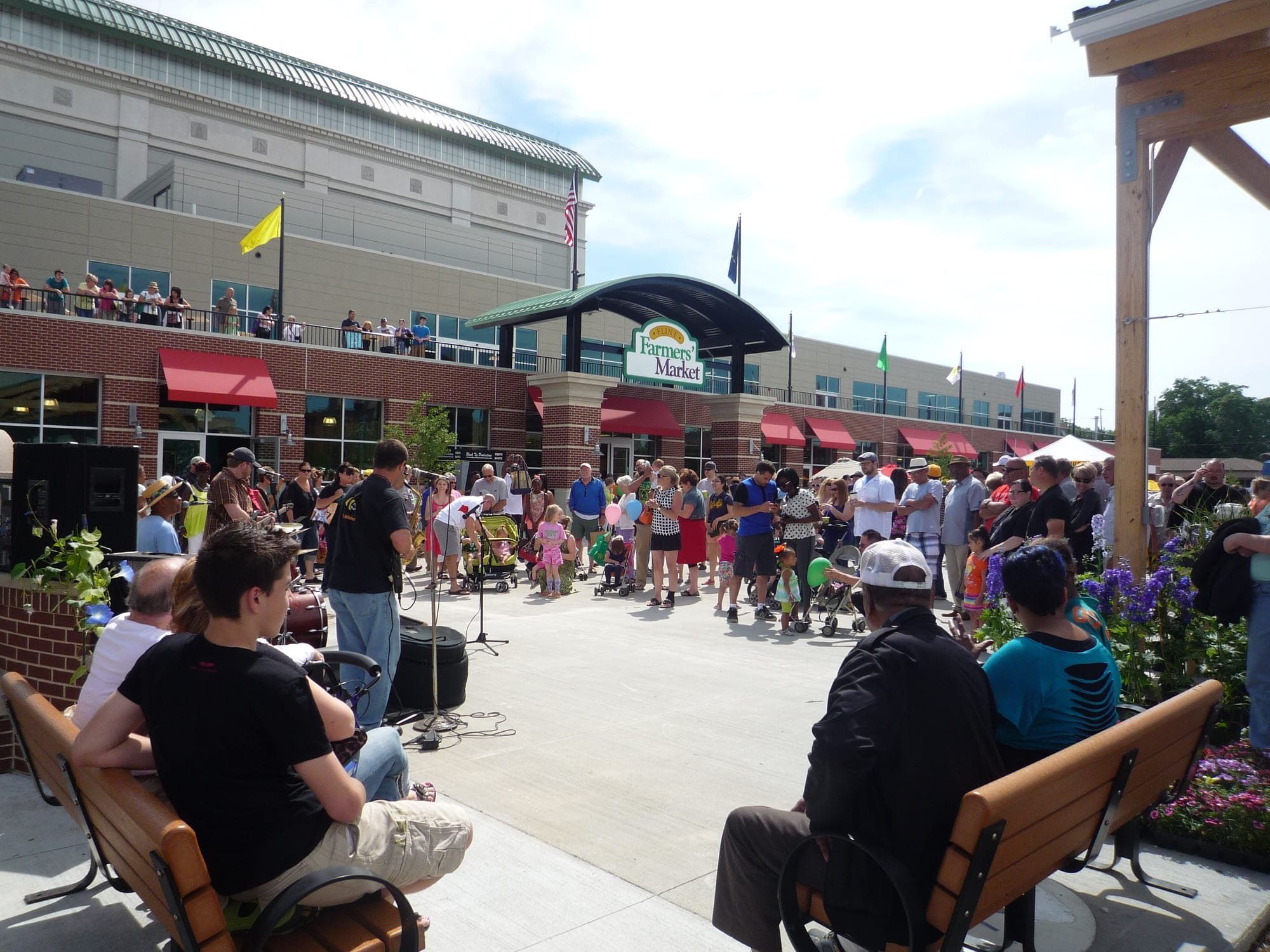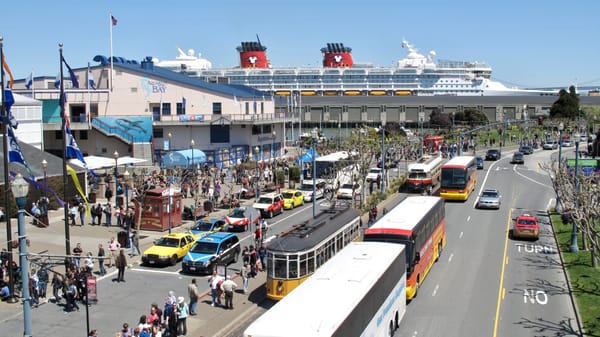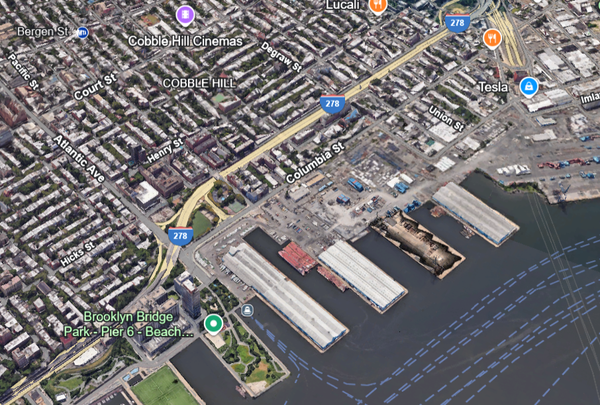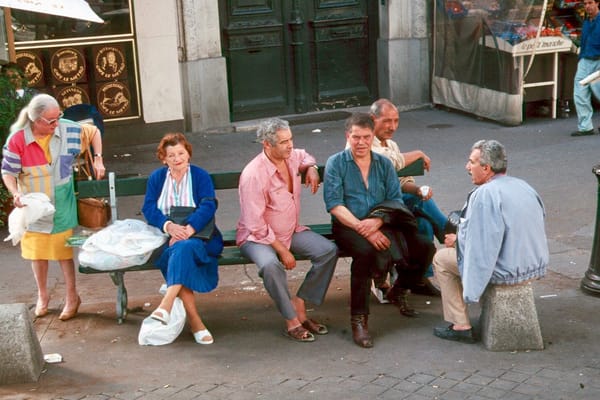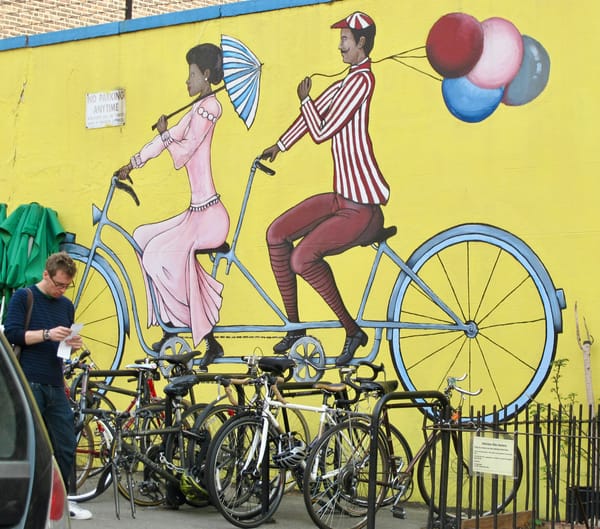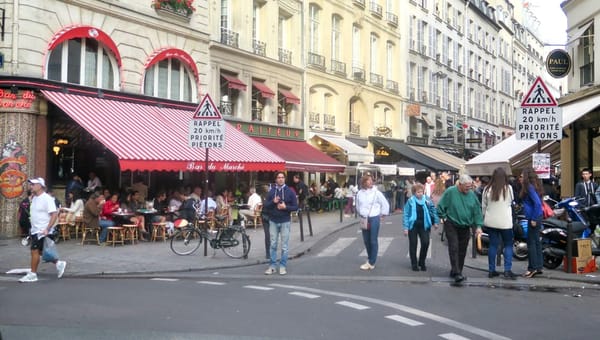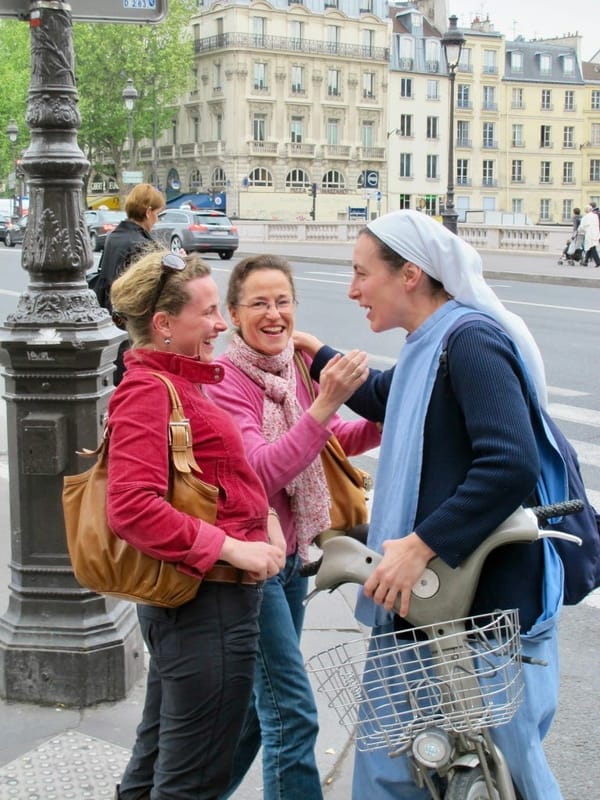Twenty years ago, the financially troubled City of Flint, Michigan, announced that it could no longer afford to keep the doors of its beloved Flint Farmers Market open. The year-round public market, with its permanent indoor facility and adjacent seasonal shed for farmers, had been in various locations throughout the city during its 100+ year history. Since 1940, it had been on a site at the edge of downtown on the Flint River.
The public outcry against the market's closure was immediate. Fortunately, the market was saved through the critical intervention of the non-profit Uptown Reinvestment Corporation, which took over the market's operations in 2002.
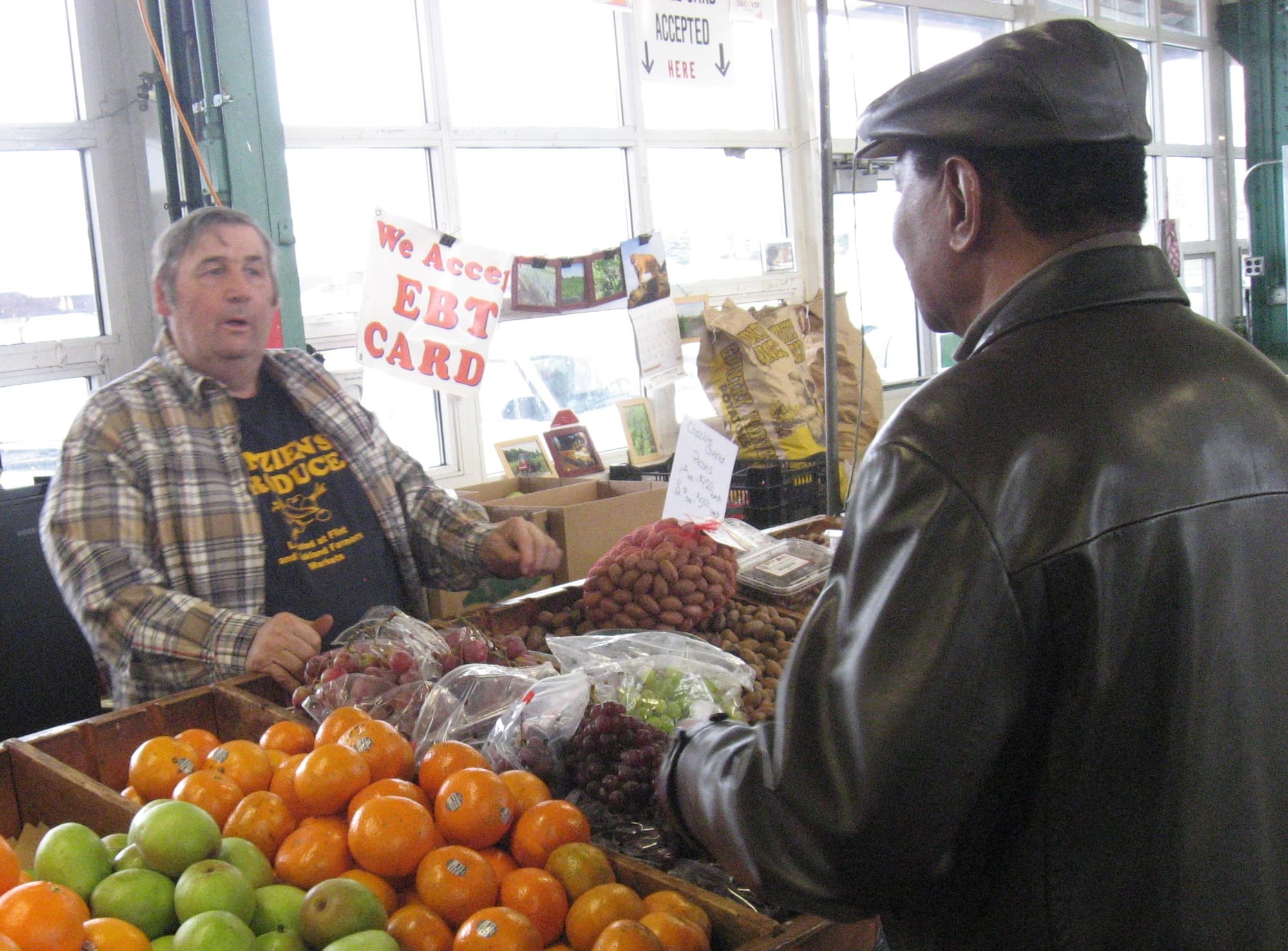
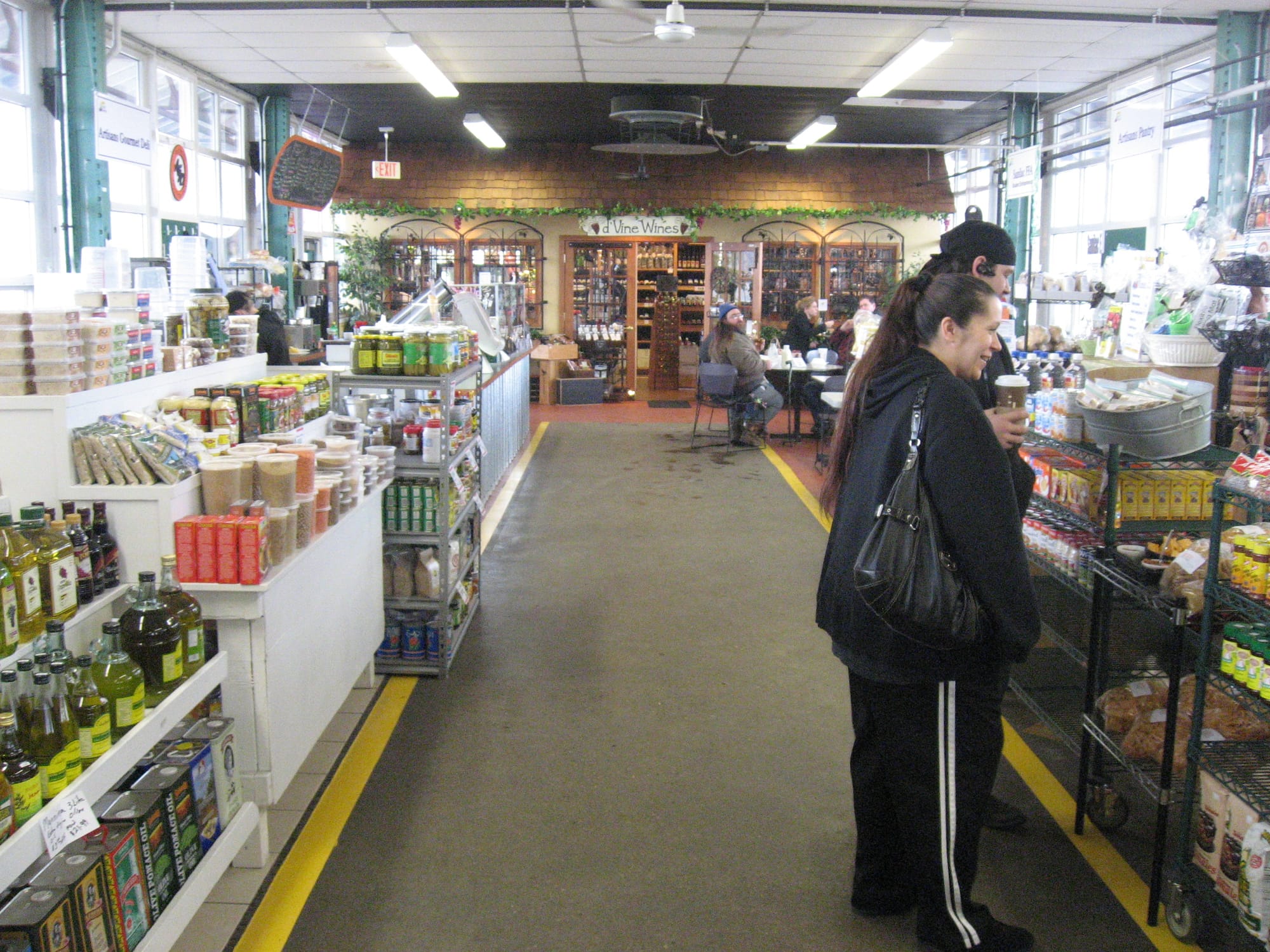
The old market was beloved because of its social connections.
This was not the end of the story but rather the beginning of a remarkable market transformation. In 2009, a 10-year-old printing press building and the newspaper's offices adjacent to the University of Michigan campus (and close to the heart of downtown) were shuttered. Uptown Reinvestment, with the support of the C.S. Mott Foundation, developed a plan that reimagined the large newspaper site as a new Wellness District with a relocated market as its anchor. Subsequently, Uptown retained local architects, Funchitecture, with Steve Davies and David O'Neil of Project for Public Spaces to create the design for a greatly expanded market. Ten years ago, in 2014, it opened its doors and almost immediately became the new heart and soul of the city.
The market was intentionally designed around its public spaces. Almost three times the size of the old market, the new 35,000-square-foot building had room for abundant indoor and outdoor public spaces, and the market has become a natural place for gathering and socializing. Research shows that socializing is one of the top four reasons why people say they patronize the market.
The heart of the market
A four-story, multi-use atrium (created where the printing presses once stood) has become the beating heart of the market. Here, people sit, eat, and socialize with friends and family – demonstrating that markets are not just about buying products but about the social experiences they make possible.
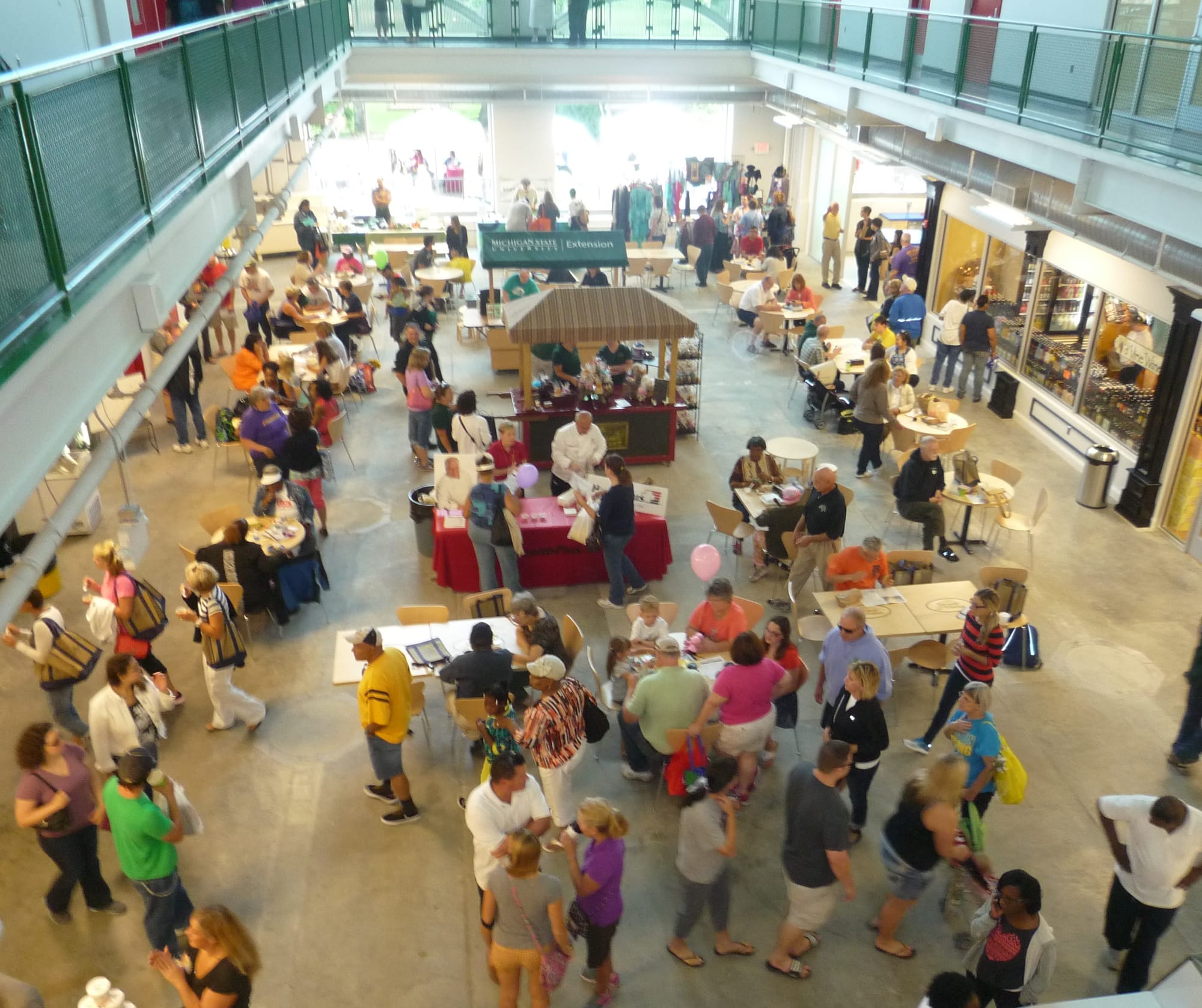
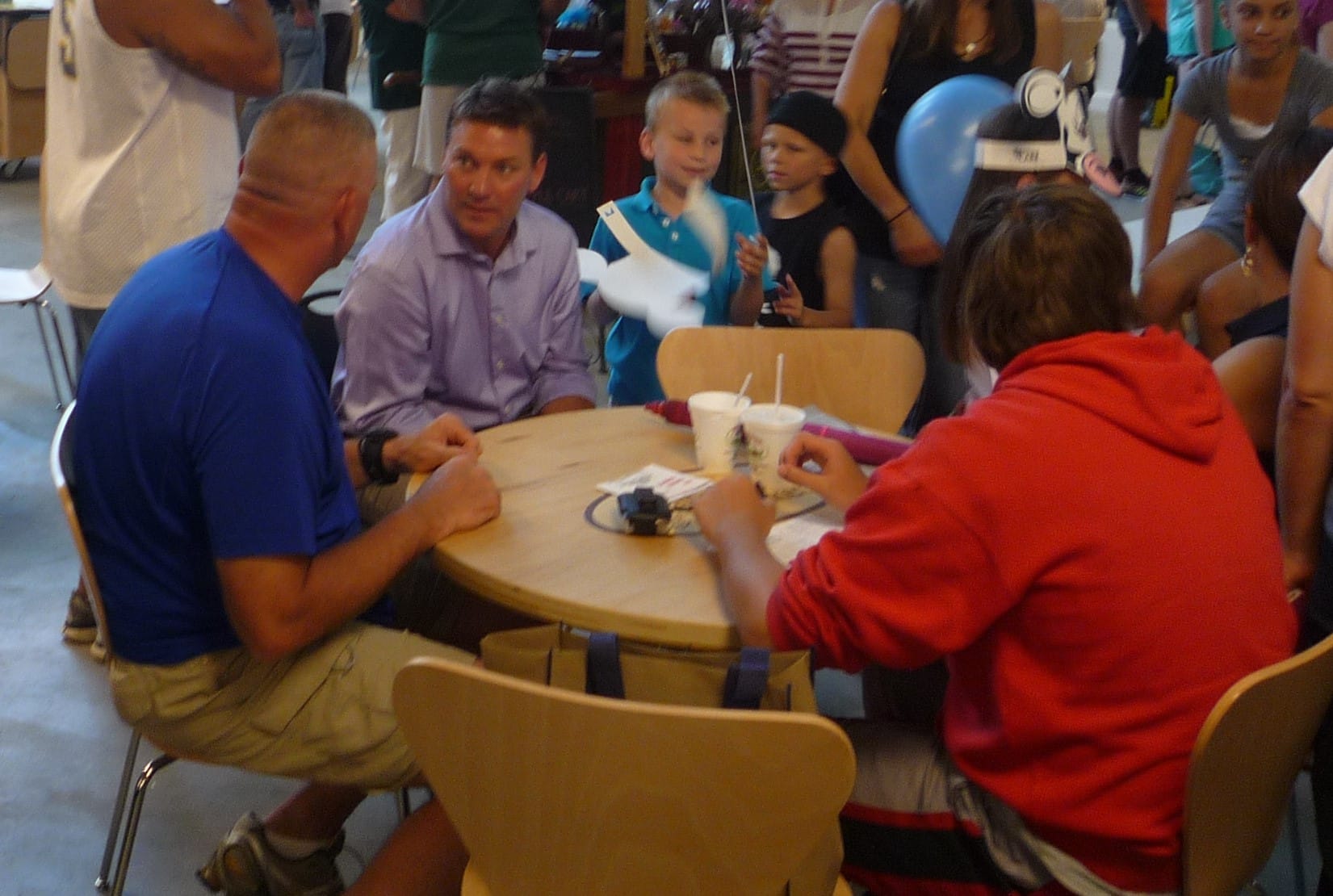
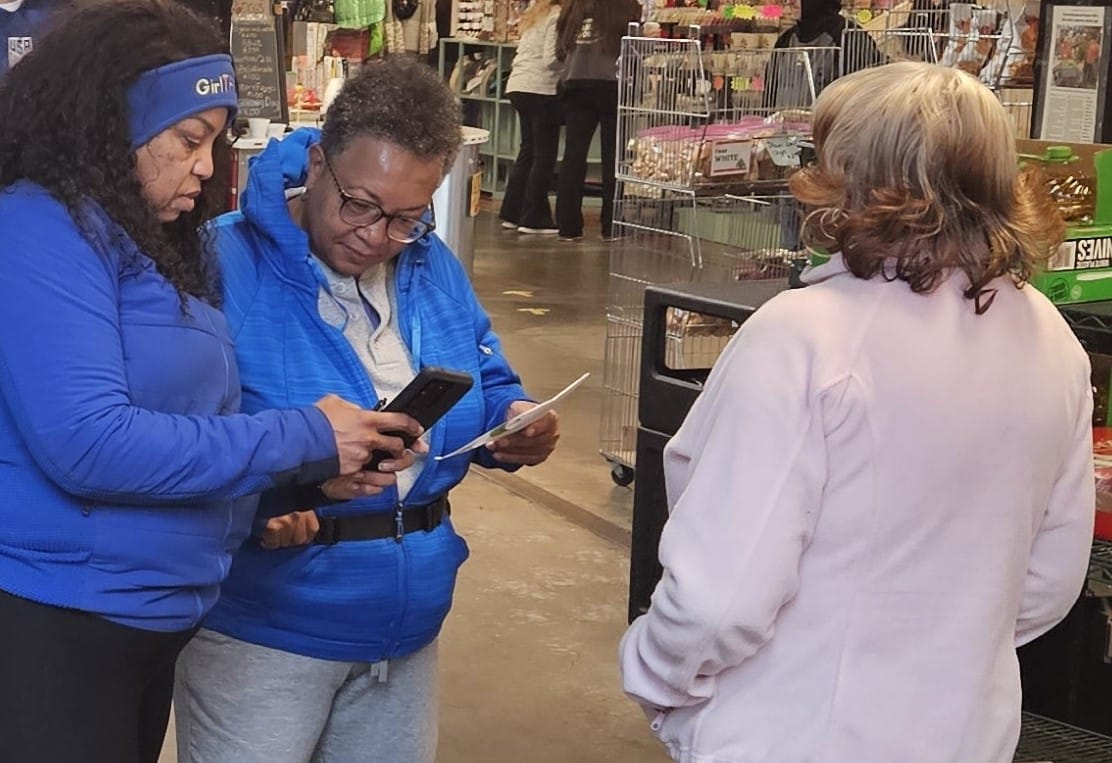
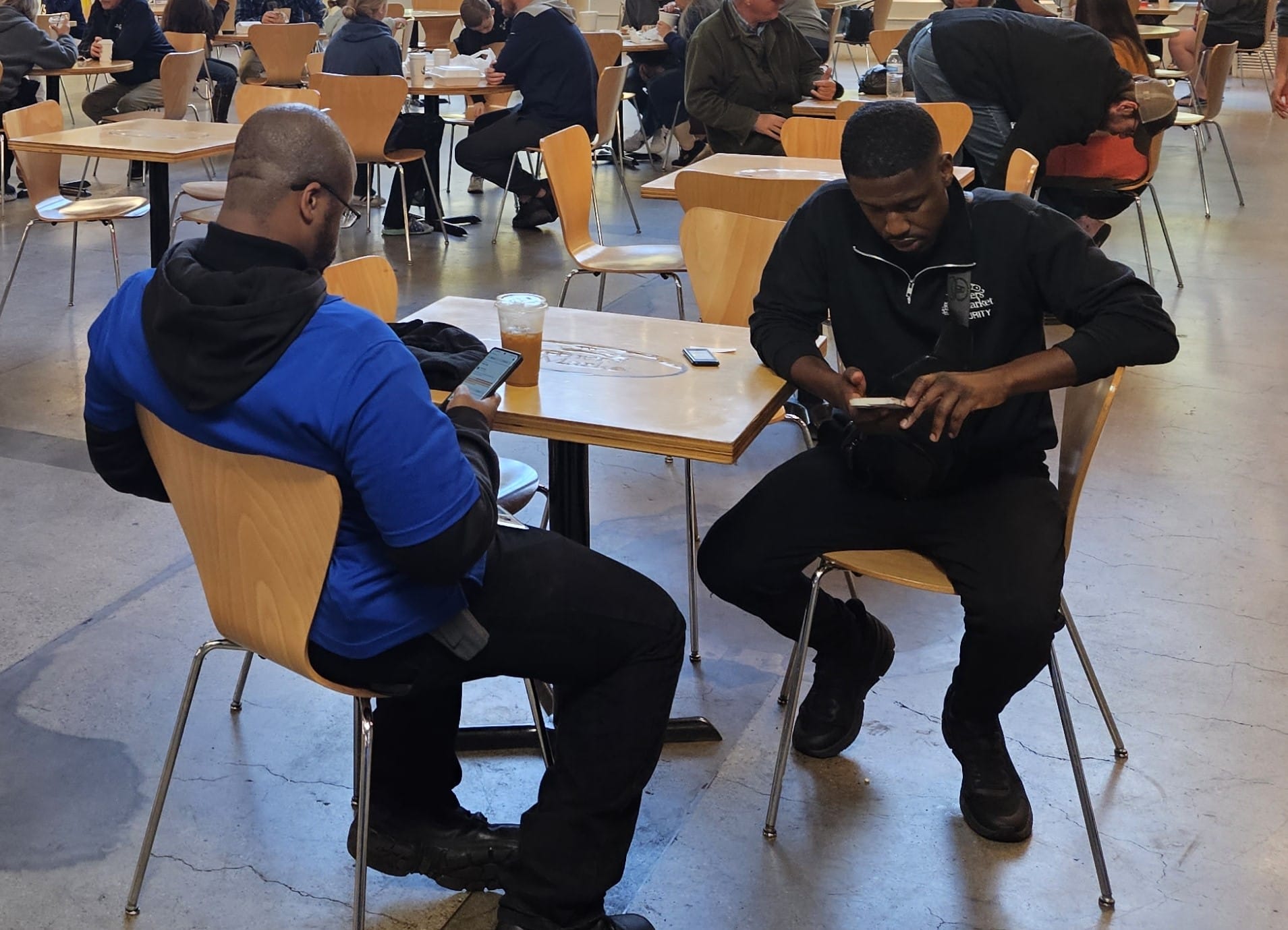
The atrium is used for frequent public events, specialty markets, community fairs, cooking demonstrations, and rental events, including community meetings, fundraising dinners, and even weddings. An adjacent community room provides even more capacity for 250 people. The market has ongoing partnerships with over 50 Flint organizations, further enhancing the market's connection with the community.
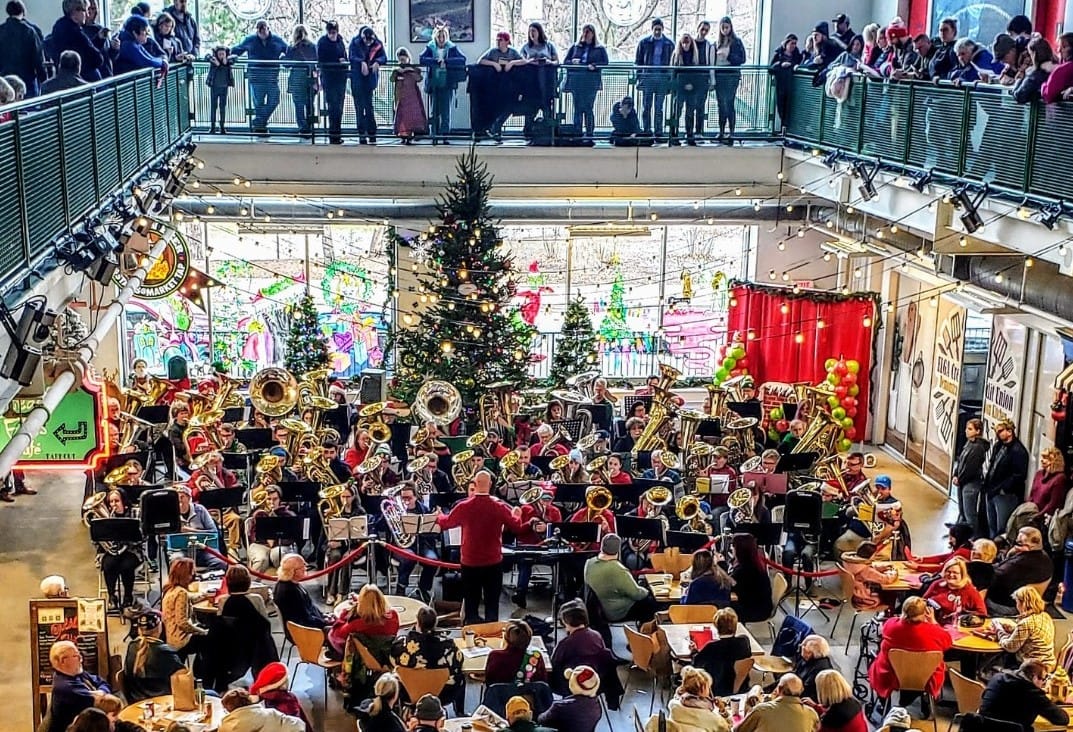
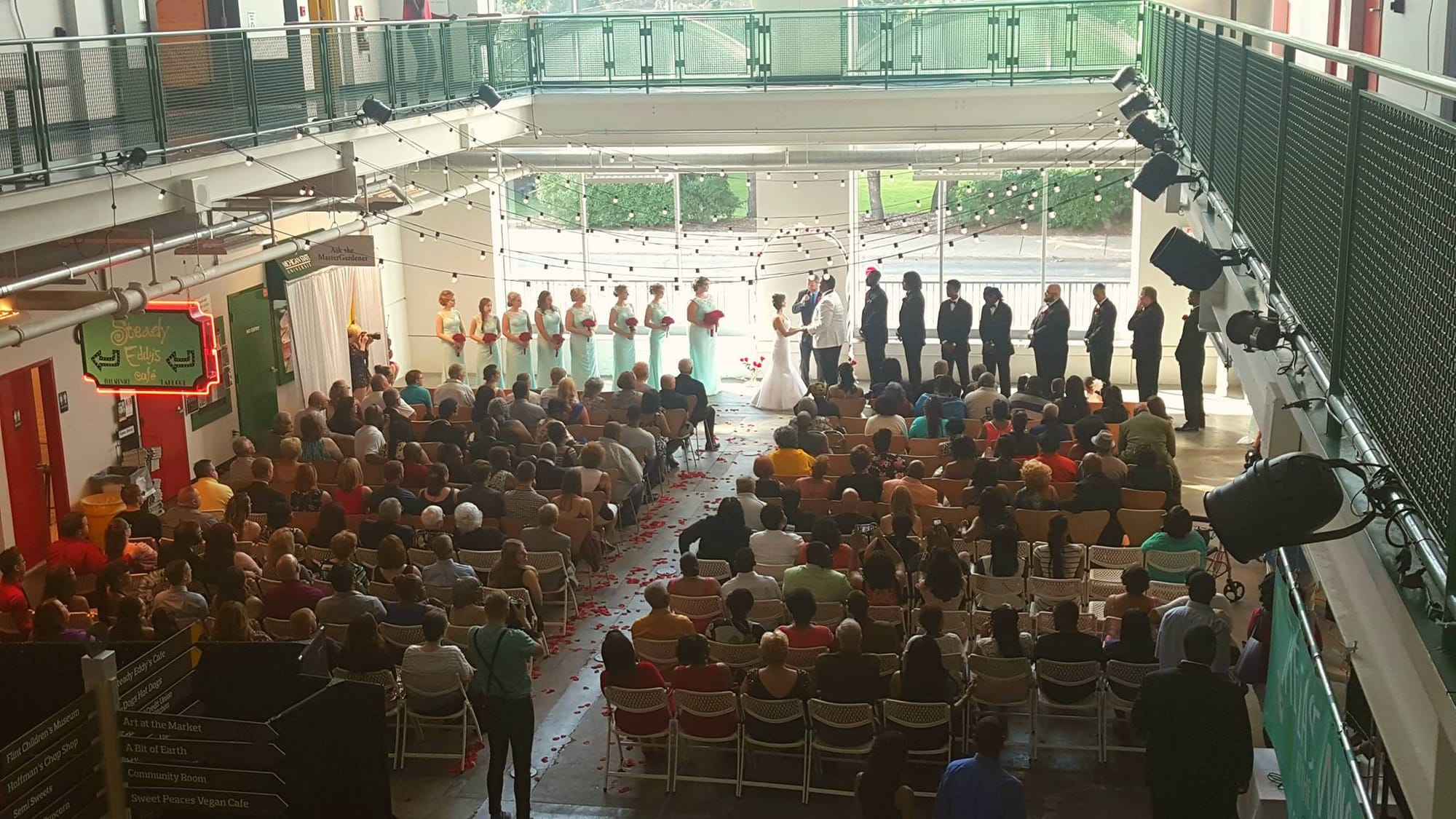
More importantly, in a city still recovering from a severe lead water crisis, the market features the fresh fruits and vegetables children need to counteract the effects of lead. The market's public spaces have also become ideal for health fairs, screenings, immunization clinics, cooking demonstrations, health forums, and even the starting point for popular running races.
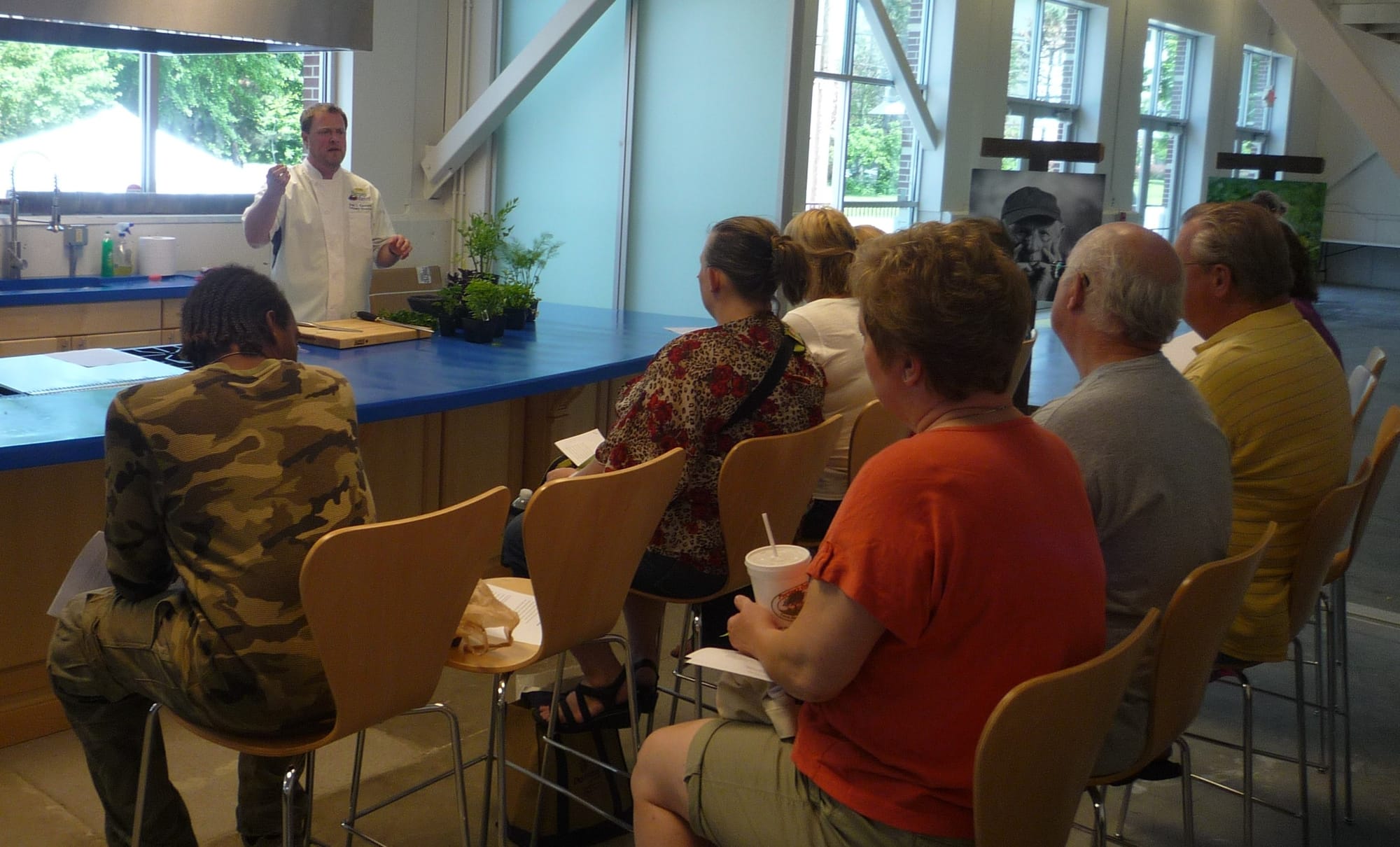
The market's "front porch"
We've often said that more public buildings should be built with "front porches," activating contiguous outdoor spaces to showcase what is happening on the inside, essentially an intermediate space between indoor and outdoor life. At the main entrance to Flint Farmers Market, the "front porch" is a plaza between the indoor market and outdoor farmers market shed that was created by demolishing some of the original printing plant to create a more welcoming space. The plaza is used for vending, outdoor events, a cafe for the markets' restaurant, and just as a pleasant outdoor place to sit with friends and family.
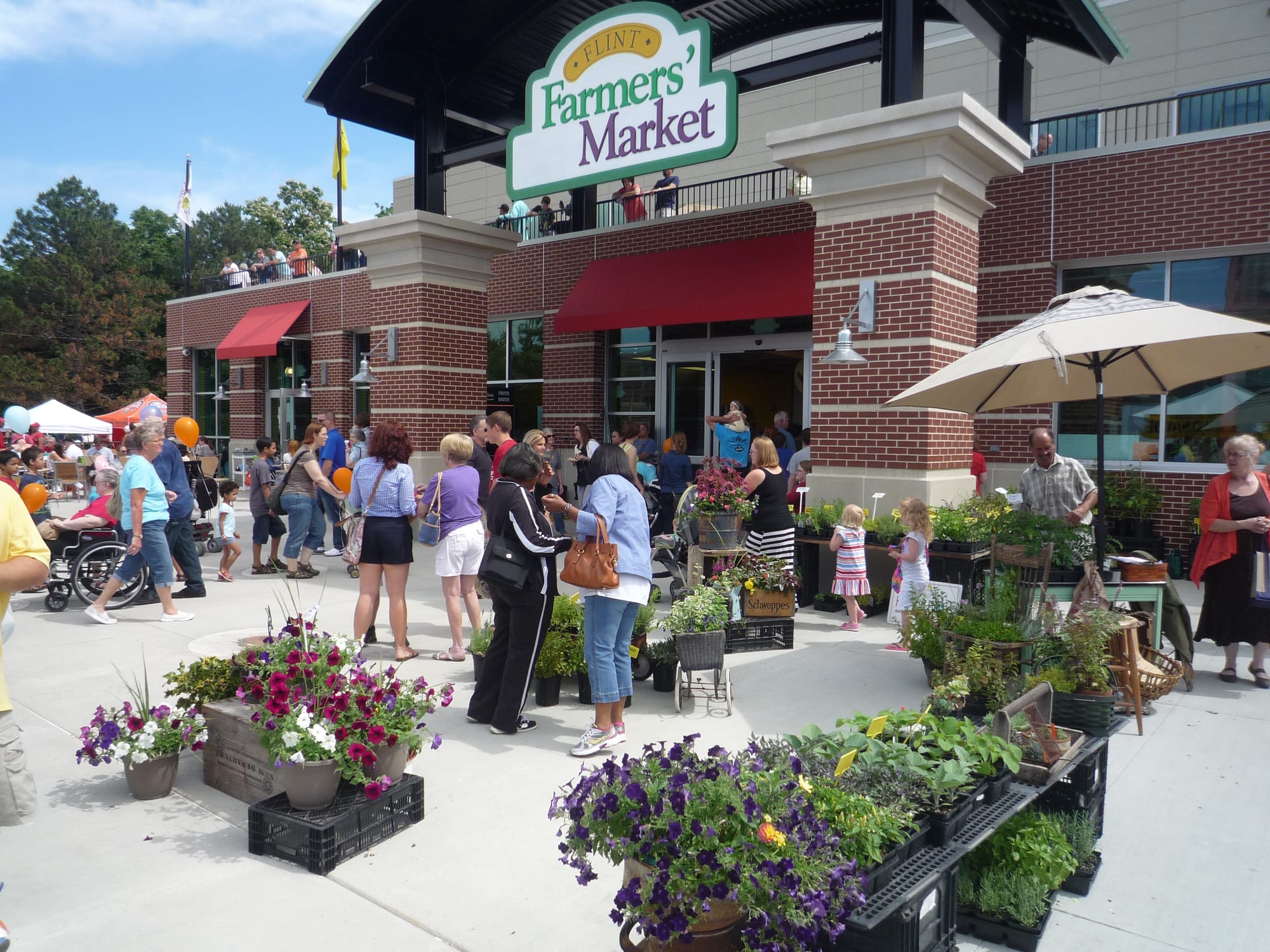
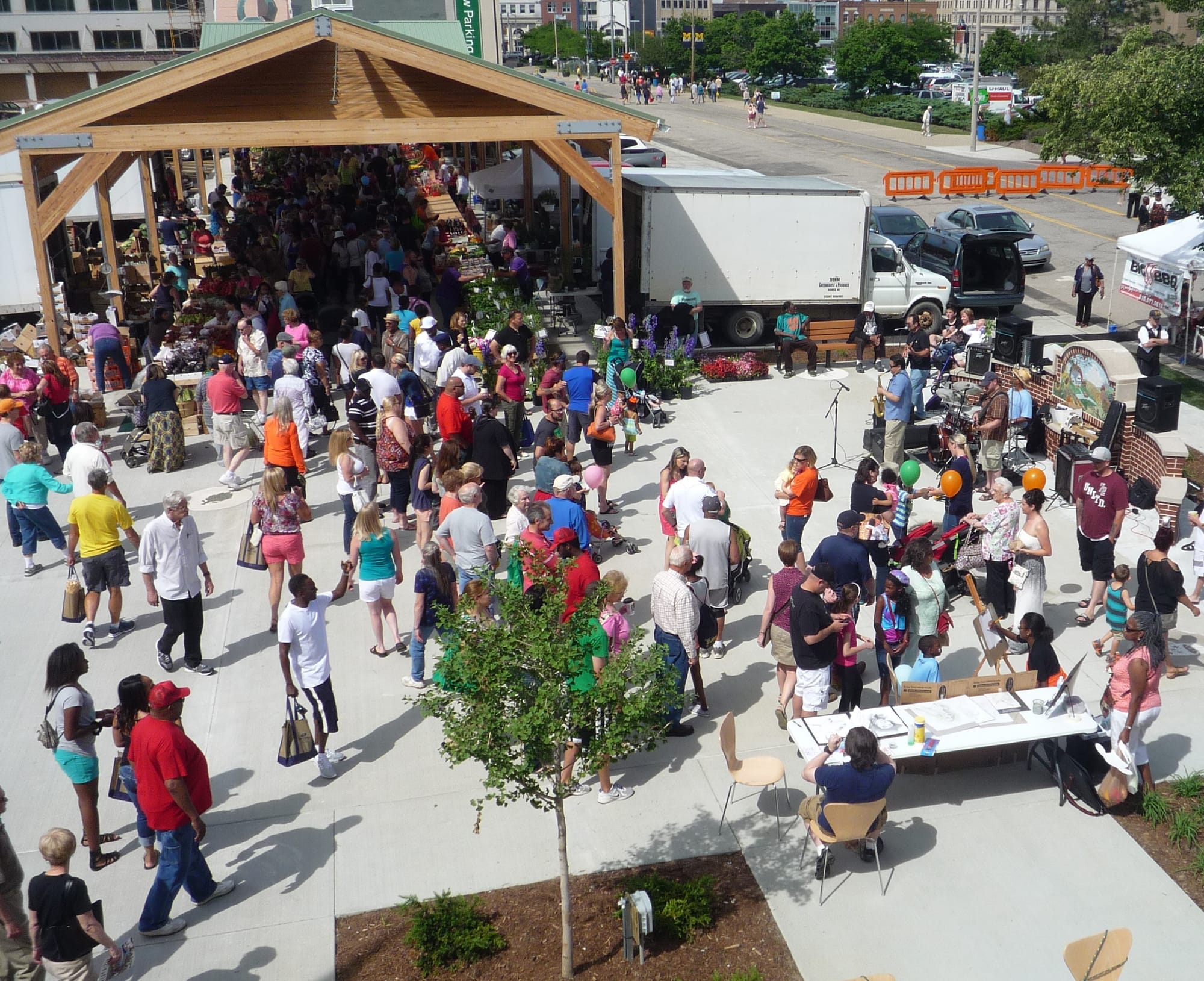
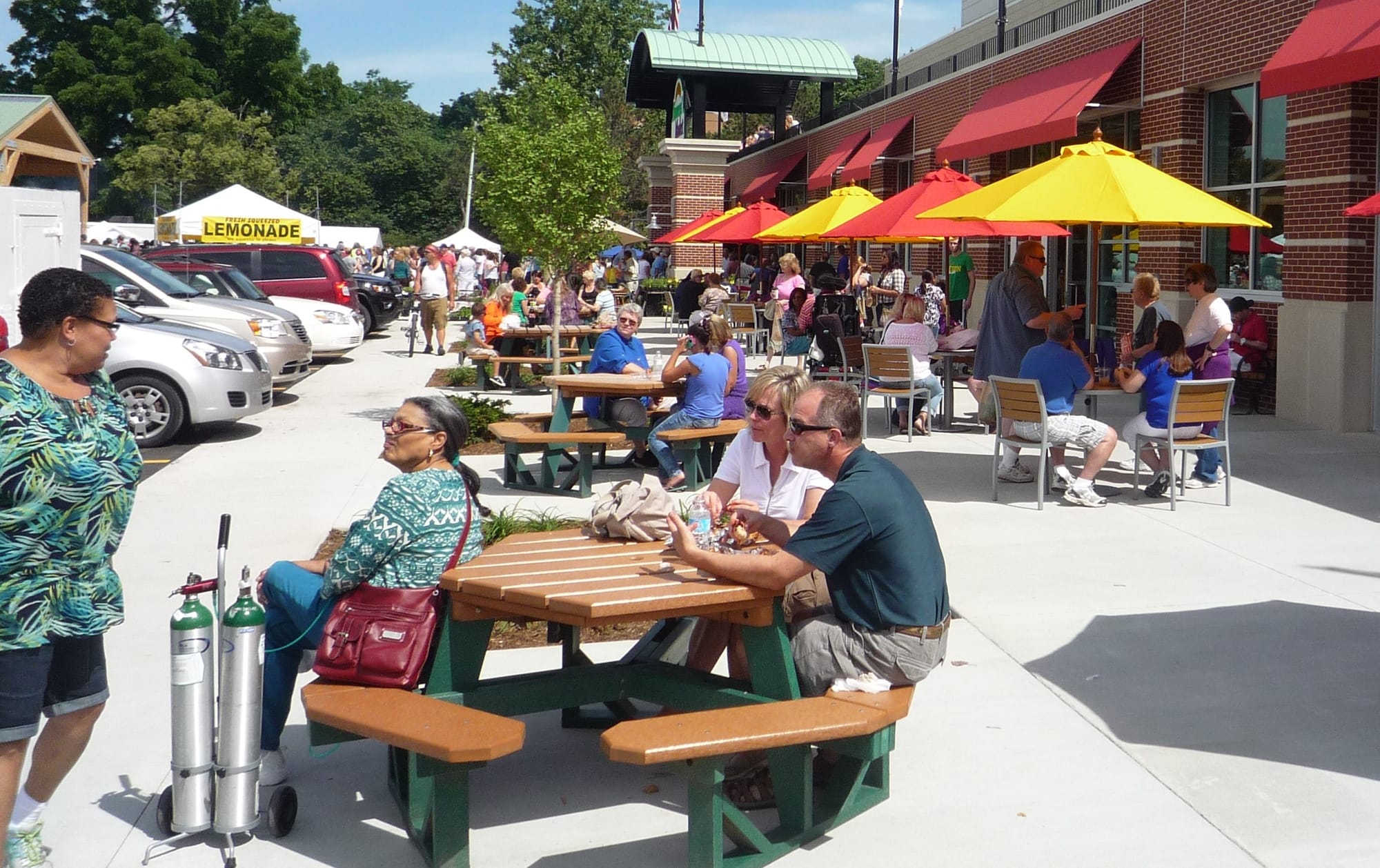
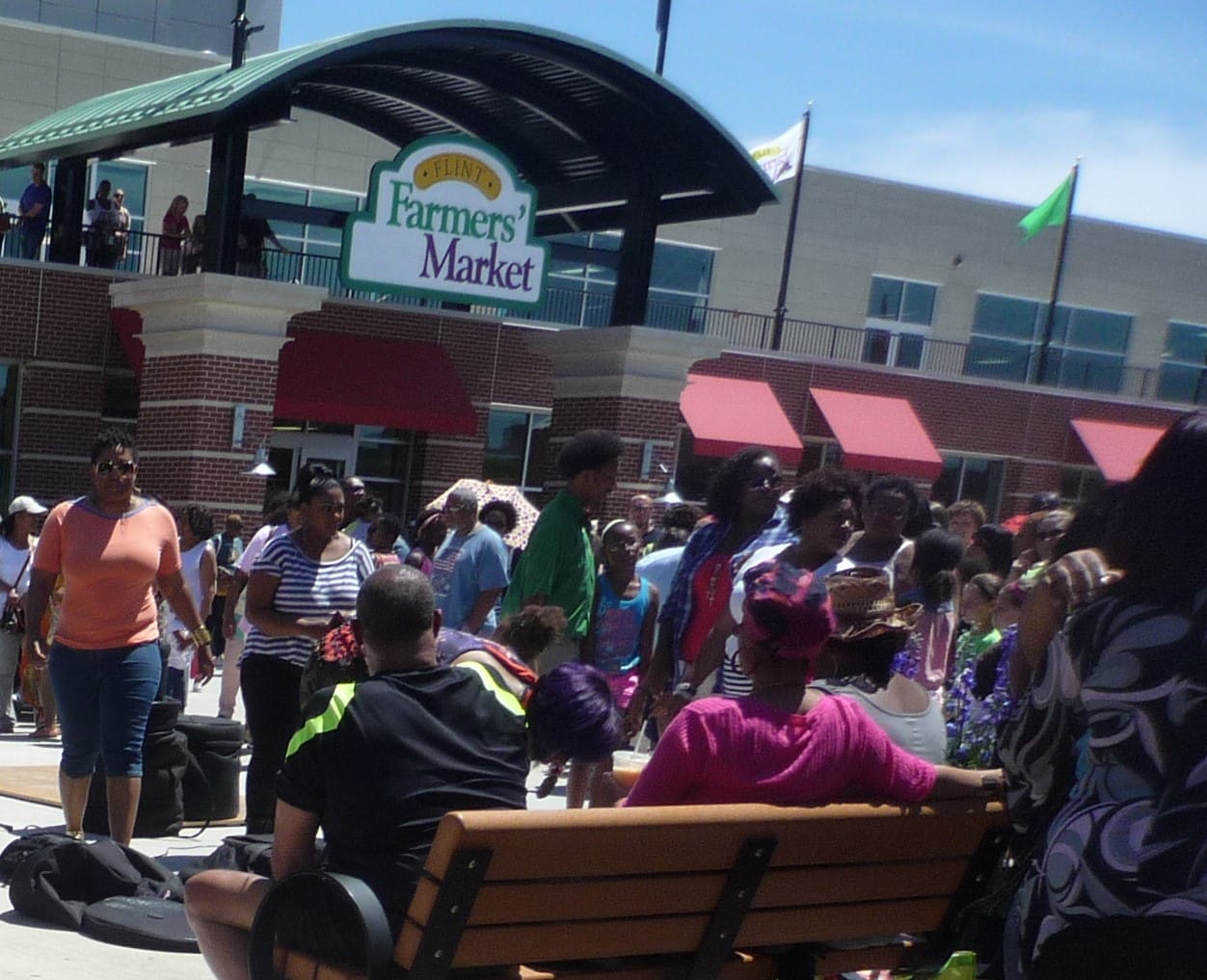
Social connections in market aisles
Research shows that the transaction between vendor and customer also does something more: it gives people an opportunity to interact with someone not like themselves. Social connections between customers and its diverse pool of vendors at the Flint Farmers Market are built one transaction at a time – spilling into the bustling aisles that were intentionally designed to be only eight feet wide to encourage such "spontaneous" interactions. The social energy of the market aisle is an important factor in why the market is such a great place to do business.
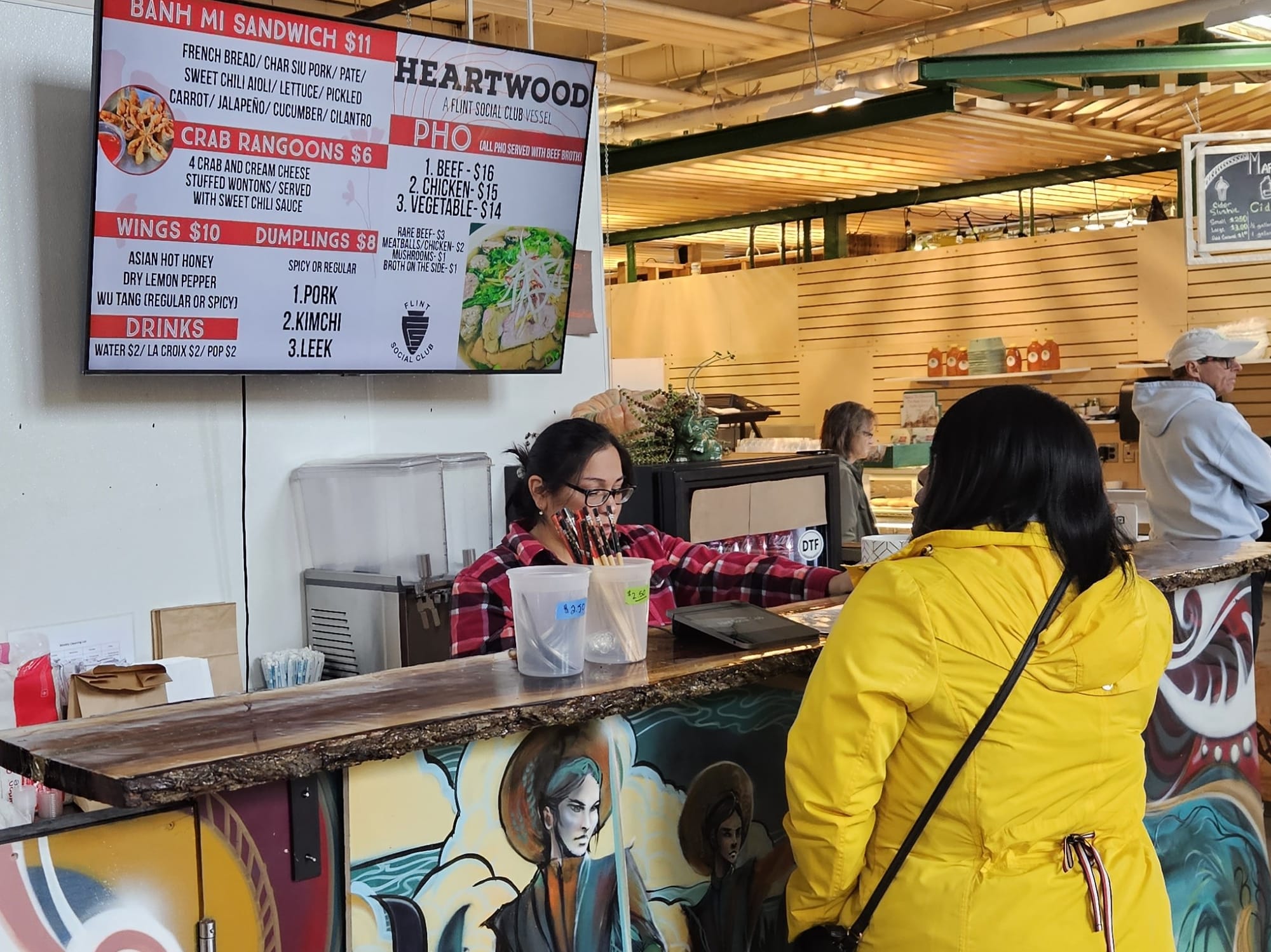
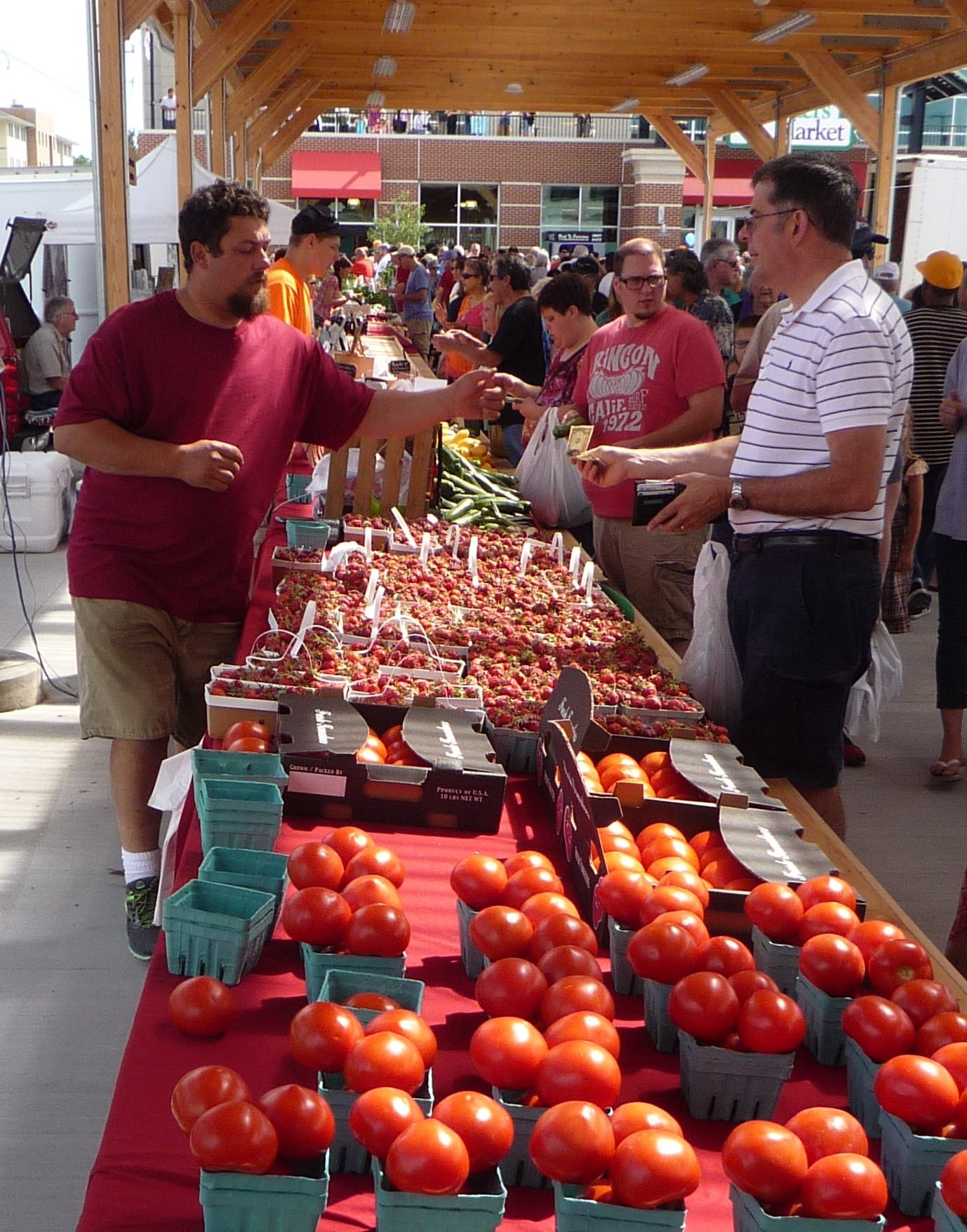
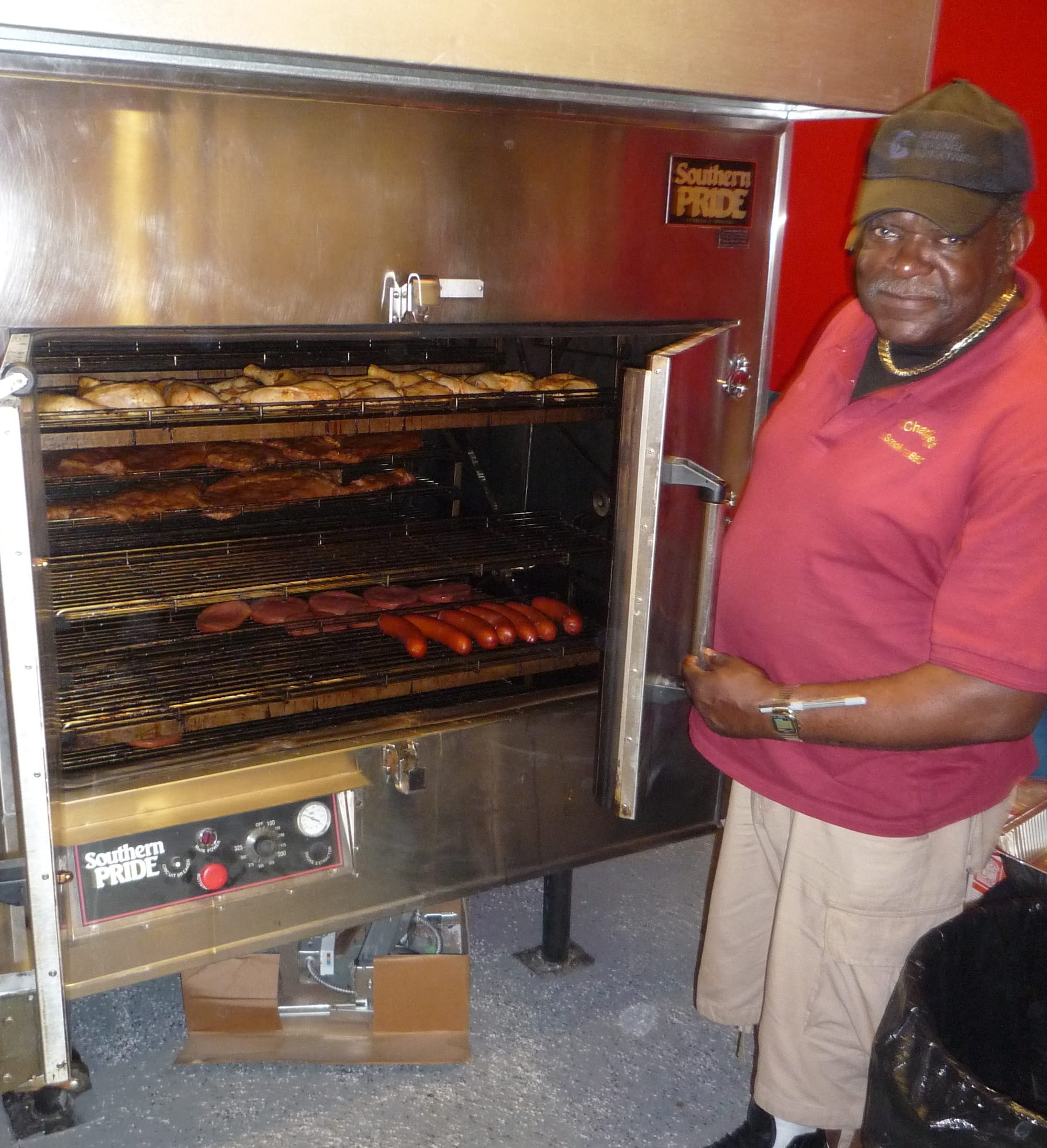
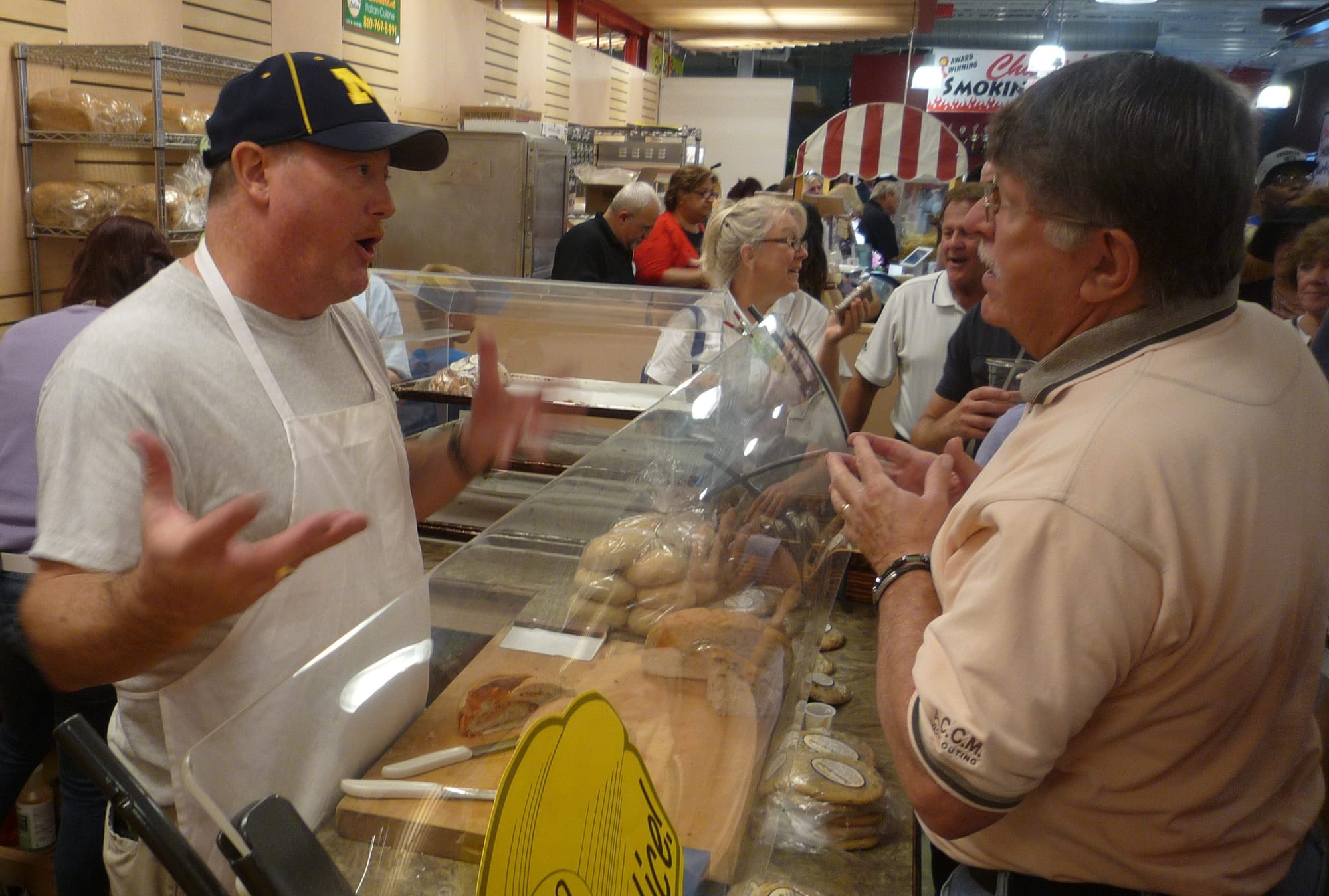
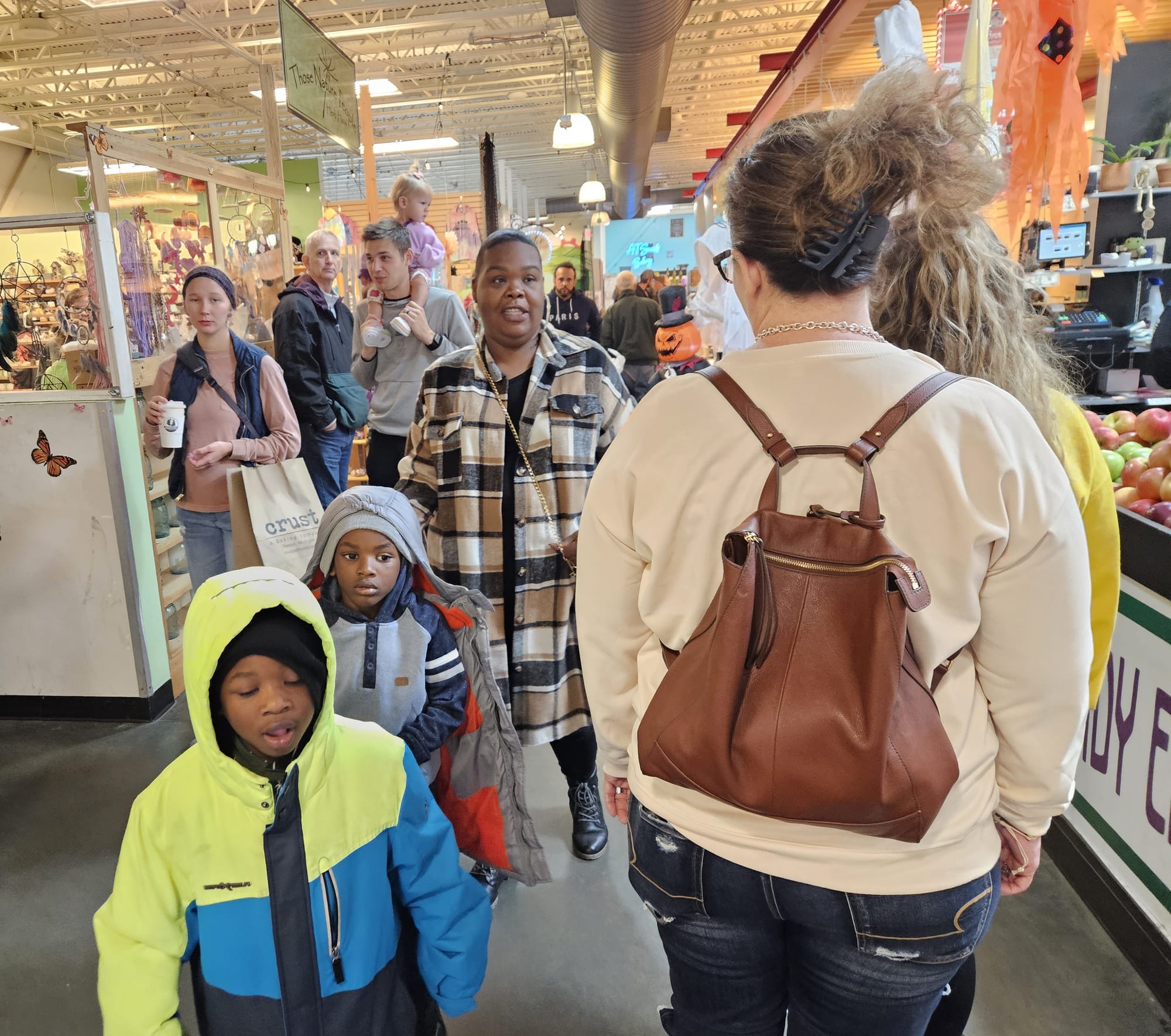
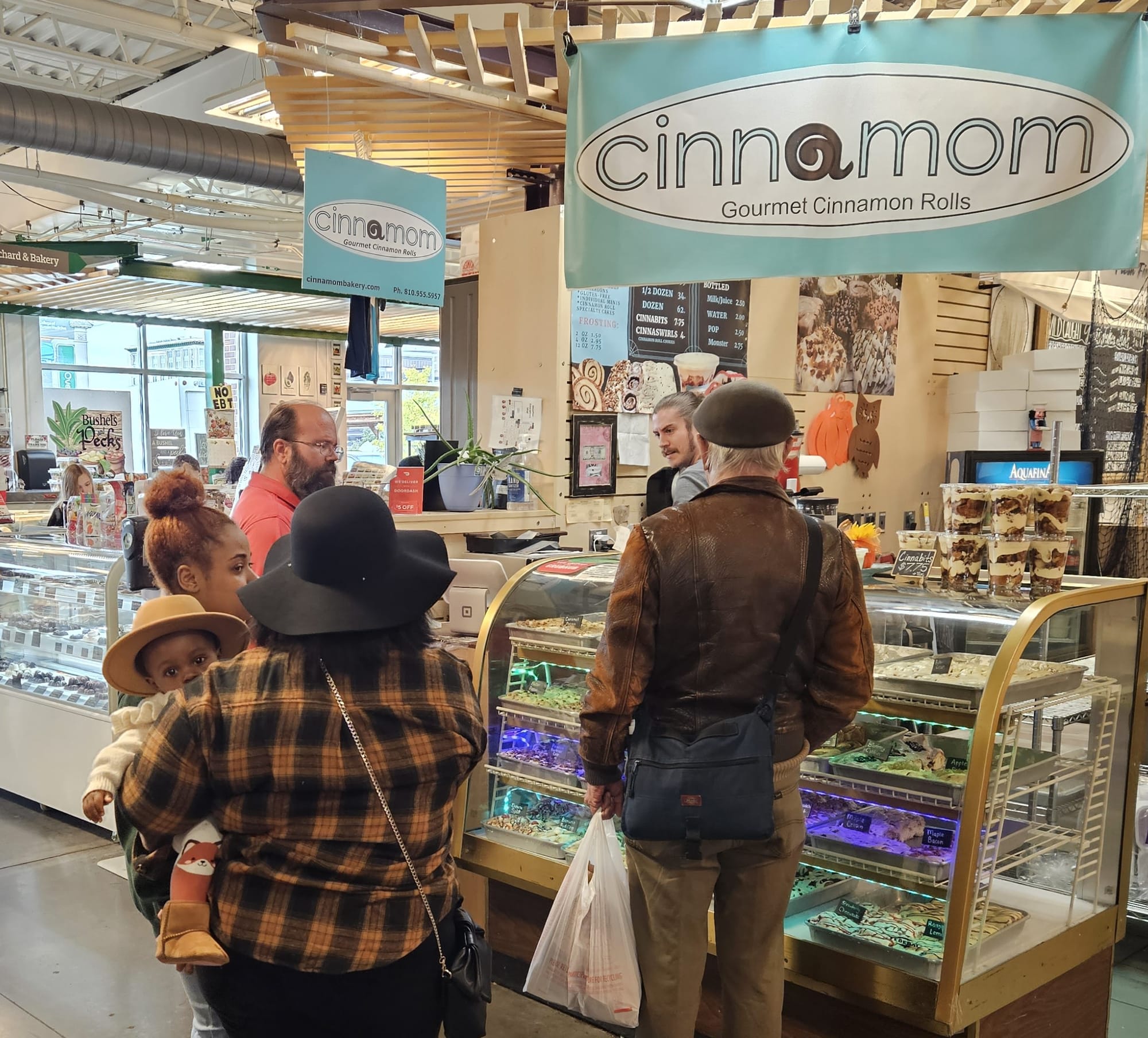
Power of 10+ Synergies
The Power of 10+ is a simple concept Project for Public Spaces developed to explain that "places thrive when users have a range of reasons (10+) to be there." Almost any market is an example of the Power of 10+ because there are so many different things to do and buy. In Flint, key anchors inside and outside the market create additional synergies that add to the energy and impact of the place.
A pediatric clinic upstairs provides "veggie prescriptions" so kids can eat in a healthier way. A shared-use commercial kitchen offers opportunities for new food entrepreneurs to grow their businesses and sell at the market. Steady Eddy's, a popular breakfast spot, is jammed on a Saturday morning with people who come early before they shop at the market. A cocktail lounge on the second floor also serves the many private events here and extends market hours into the evening. By locating the new market downtown and next to a transportation hub and taking advantage of innovative food assistance programs, Flint Farmers' Market simultaneously addresses two critical barriers to low-income residents' ability to buy healthy food: access and affordability.


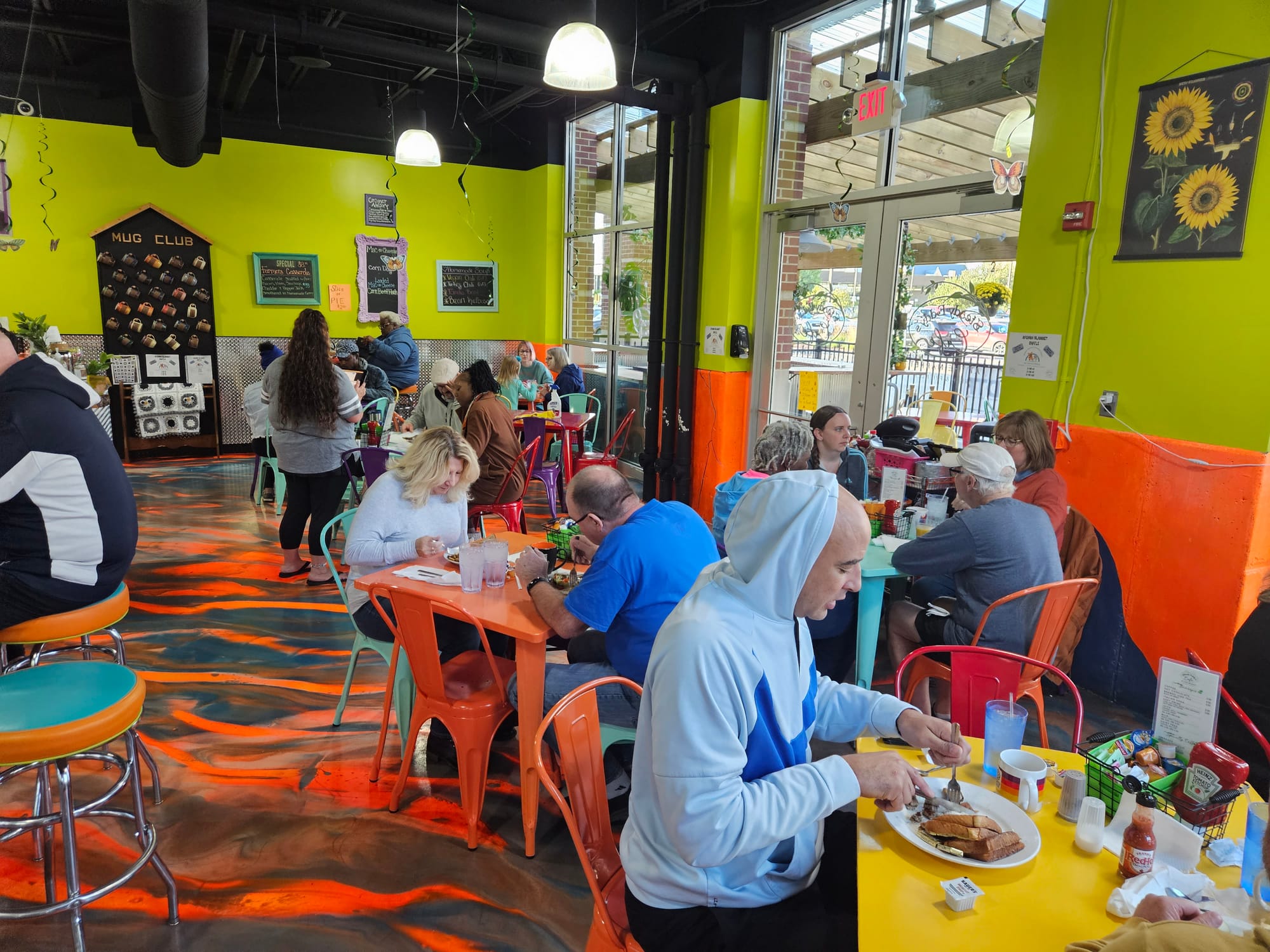
Takeaways
It's hard to emphasize enough the impact that the move of the Flint Farmers' Market has had on the City of Flint, where the poverty rate is second in the nation for cities of over 65,000 people.
A few key indicators:
- Sales have quadrupled at the new market, and over 25 new businesses have opened, employing about 275 people – up from 85 in the old location.
- More people are walking, biking, or taking the bus to the market. A 2015 study showed that this number increased from 4% (2011) to 21% (2015).
- Another study documented that the market indeed serves low-income, low-food-access residents in Flint, drawing from neighborhoods with the most significant test health disparities.
The importance of this project is not that these positive impacts are happening in the troubled city of Flint but that they are happening intentionally because of one place in Flint. This investment is a gift to the city that keeps on giving, demonstrating placemaking's power to transform economies, community health, and everyday lives.
If you are interested in collaborating (articles, presentations, exhibits, projects, and more) or supporting the cause contact us.

